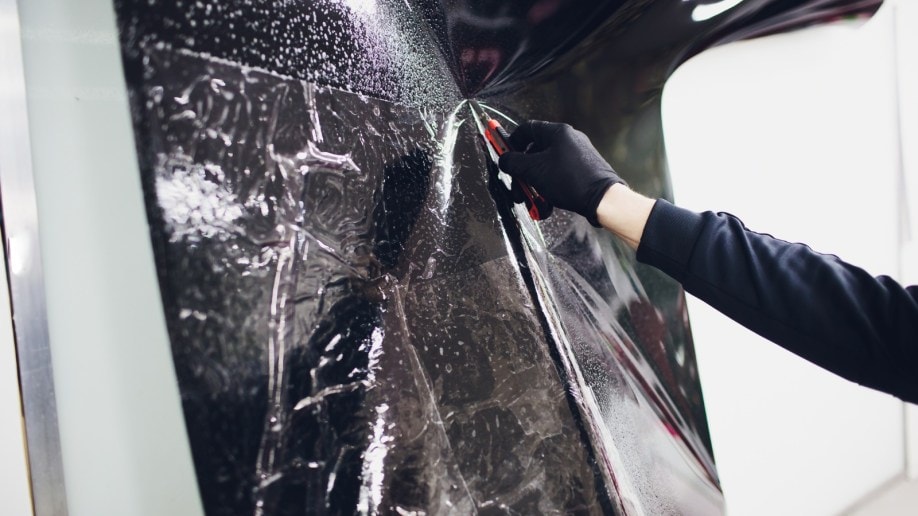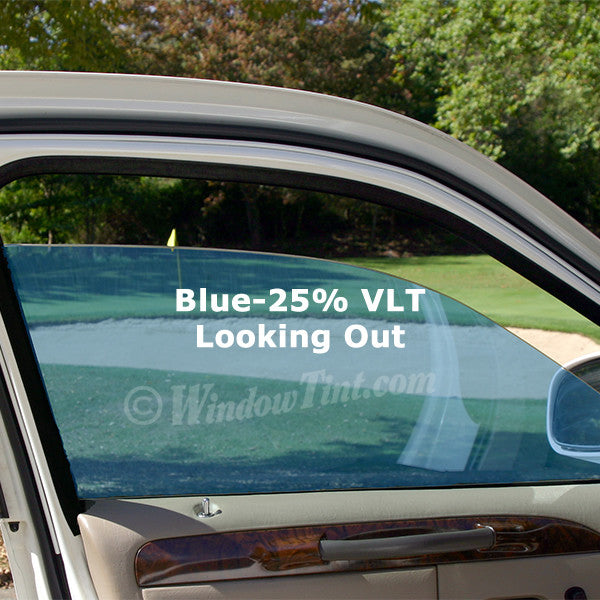Stay Cool and Comfortable: The Science Behind Window Tinting
Window tinting stands for a sophisticated interplay of products scientific research and practical application, functioning largely via a thin film that alters the method light interacts with glass. This innovation is not simply a visual option; it plays a crucial function in minimizing solar warmth gain, minimizing glare, and providing considerable UV security. As we discover the numerous devices and advantages related to Window tinting, it ends up being obvious that its effect prolongs past comfort, influencing energy consumption and environmental sustainability. The question continues to be: what factors should one consider when selecting the ideal Window color for their specific needs?

Just How Window Tinting Works
Window tinting operates via the application of a slim film to the glass surface, which serves to modify the way light engages with the Window. This movie is generally composed of polyester or other artificial materials and is embedded with different dyes and steels that affect light transmission and representation. When light strikes the tinted Window, a part of it is taken in, while some is shown, and the rest passes via.

Furthermore, Window tinting can improve personal privacy and reduce glow, making spaces a lot more comfy without jeopardizing presence. The performance of Window tinting differs based upon elements such as the sort of film utilized, the angle of light occurrence, and the characteristics of the glass. Comprehending these principles is important for picking the ideal tint for certain needs and atmospheres.
Advantages of UV Security
Among the most considerable benefits of Window tinting is its capacity to provide reliable UV security. Ultraviolet (UV) radiation from the sunlight is a well-documented reason of skin damages, including premature aging and an increased threat of skin cancer cells (AO Detail Window Tinting). By incorporating Window tinting, people can dramatically reduce their direct exposure to hazardous UV rays, improving their general wellness and health
Top quality Window film can block approximately 99% of UV radiation, developing a more secure environment for occupants. This protection is especially helpful for those that invest prolonged durations inside your home, such as workplace workers or locals in warm climates. UV exposure can lead to fading of interior home furnishings, art work, and flooring, resulting in expensive substitutes. Window tinting aids minimize these results, protecting the aesthetic appeal and stability of indoor areas.
Additionally, numerous Window film supply a double benefit by reducing glow, which can improve comfort and efficiency. Overall, the execution of Window tinting functions as a proactive action to safeguard wellness and extend the life of cherished properties, making it a prudent investment for both property and industrial settings.
Temperature Level Regulation Mechanisms
Effective temperature level regulation is a critical benefit of Window tinting, as it adds to a more comfy interior setting. Window film are developed to mirror, absorb, and send varying levels of solar energy, enabling a controlled monitoring of warmth going into a space. This policy is largely accomplished via the optical properties of the color, which can obstruct a significant percent of infrared radiation while allowing visible light to pass through.
By lowering heat gain during warmer months, Window tinting assists keep a stable indoor temperature level, minimizing the dependence on cooling systems. Conversely, during chillier months, certain kinds of Window film can assist preserve warmth within the building. This dual functionality makes sure that owners experience consistent comfort regardless of outside climate condition.
Moreover, Window tinting can minimize temperature level fluctuations caused by straight sunlight, lowering the risk of hot spots near windows. As an outcome, the overall indoor climate becomes much more balanced, improving owner satisfaction and performance. The scientific research behind these temperature level guideline mechanisms illustrates the importance of Window tinting as a practical solution for boosting living and working environments.
Enhancing Energy Efficiency
Energy performance is considerably enhanced through the application of Window tinting, more structure upon the benefits of temperature guideline. By minimizing the amount of solar heat that gets in a structure, Window tinting decreases the reliance on a/c systems, causing lower power usage. This not only contributes to decreased utility costs however also decreases greenhouse gas exhausts linked with energy production.
In enhancement to warm decrease, Window tinting likewise helps preserve stable interior temperatures, which can reduce the work on heating systems during colder months. This dual advantage of regulating both warmth gain and loss lead to a more effective overall power performance for household and commercial residential or commercial properties alike.
Moreover, Window tinting can secure furnishings and insides from dangerous UV rays, which can cause fading and damage over time. By maintaining the integrity of interior spaces, homeowner can lower the frequency of replacements and fixings, even more boosting price financial savings.
Ultimately, incorporating Window tinting as component of an energy-efficient strategy not only enhances convenience however likewise promotes sustainability, making it a sensible financial investment for those wanting to enhance their power footprint.
Selecting the Right Color
Picking browse around this web-site the suitable Window tint is vital for optimizing the benefits of this enhancement. The option of tint can substantially influence power effectiveness, appearances, and personal privacy. When considering Window tinting, it is vital to examine the numerous kinds of film available, including dyed, metalized, and ceramic options. Dyed film provide a fundamental level of warmth decrease and personal privacy yet might fade in time. Metalized film offer improved warm being rejected and boosted resilience because of the reflective residential properties of metal layers. They may conflict with digital signals.
Ceramic Window film stand for a remarkable selection, incorporating outstanding thermal insulation with low reflectivity, therefore protecting a clear view. It is likewise important to think about the lawful guidelines concerning color darkness in your area, as conformity is important to guarantee and stay clear of Your Domain Name fines safety.
In addition, analyzing your specific needs-- such as UV security, glow decrease, and personal privacy-- will certainly direct your option process. Consulting with a professional installer can supply useful understandings and suggestions customized to your situation. Eventually, the right Window tint balances performance and aesthetics, adding to a comfortable and energy-efficient setting.
Conclusion

Window tinting stands for a sophisticated interaction of materials scientific research and useful application, working mainly via a thin movie that alters the means light communicates with glass.Window tinting runs via the application of a thin movie to the glass surface, which serves to change the method light engages with the Window. By incorporating Window tinting, people can considerably lower their exposure to dangerous UV rays, enhancing their general health and well-being.
Moreover, Window tinting can mitigate temperature variations caused by straight sunlight, lowering the risk of warm places near windows. When thinking about Window tinting, it is essential to evaluate the different kinds of film available, including dyed, metalized, and ceramic alternatives.